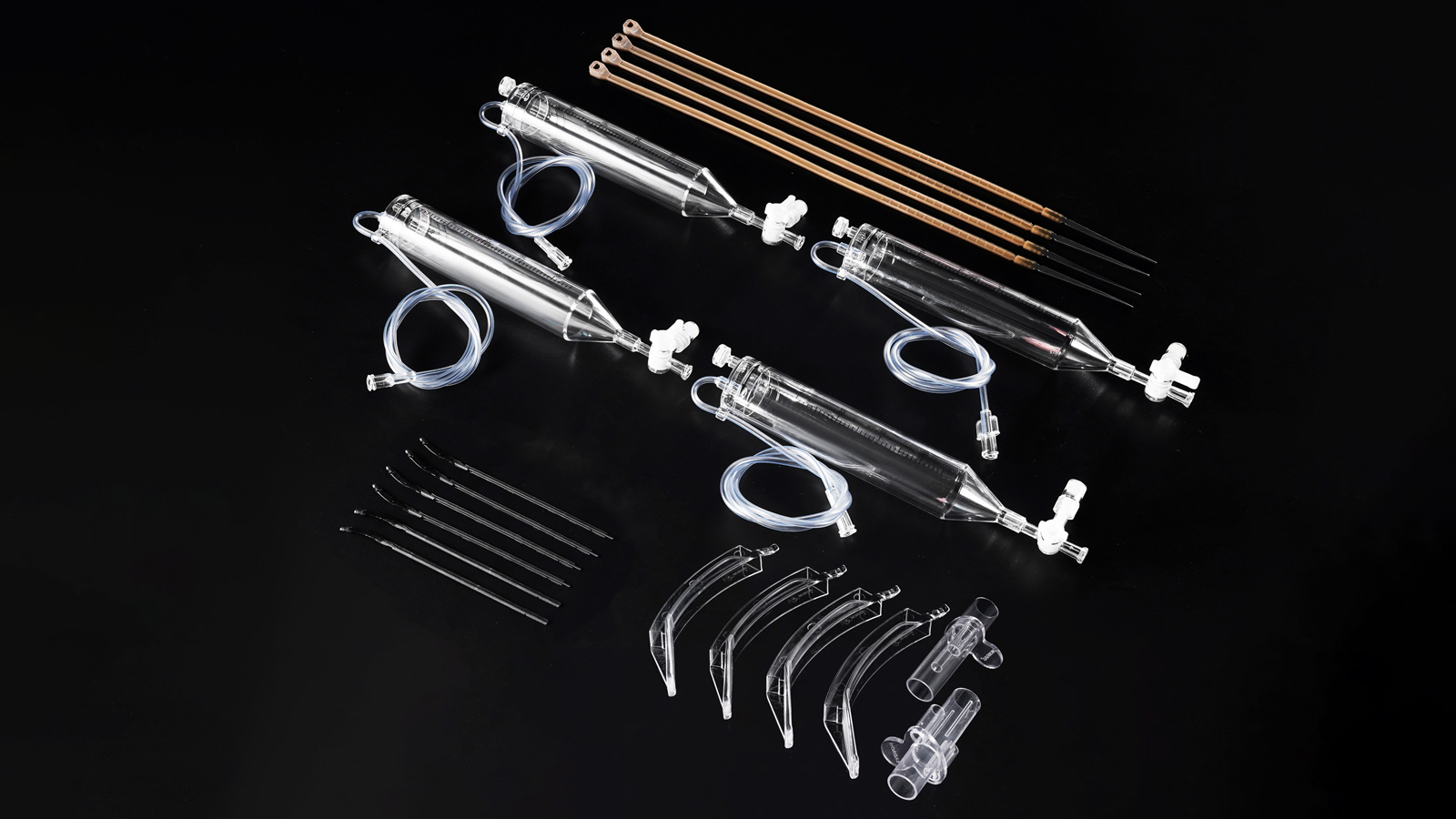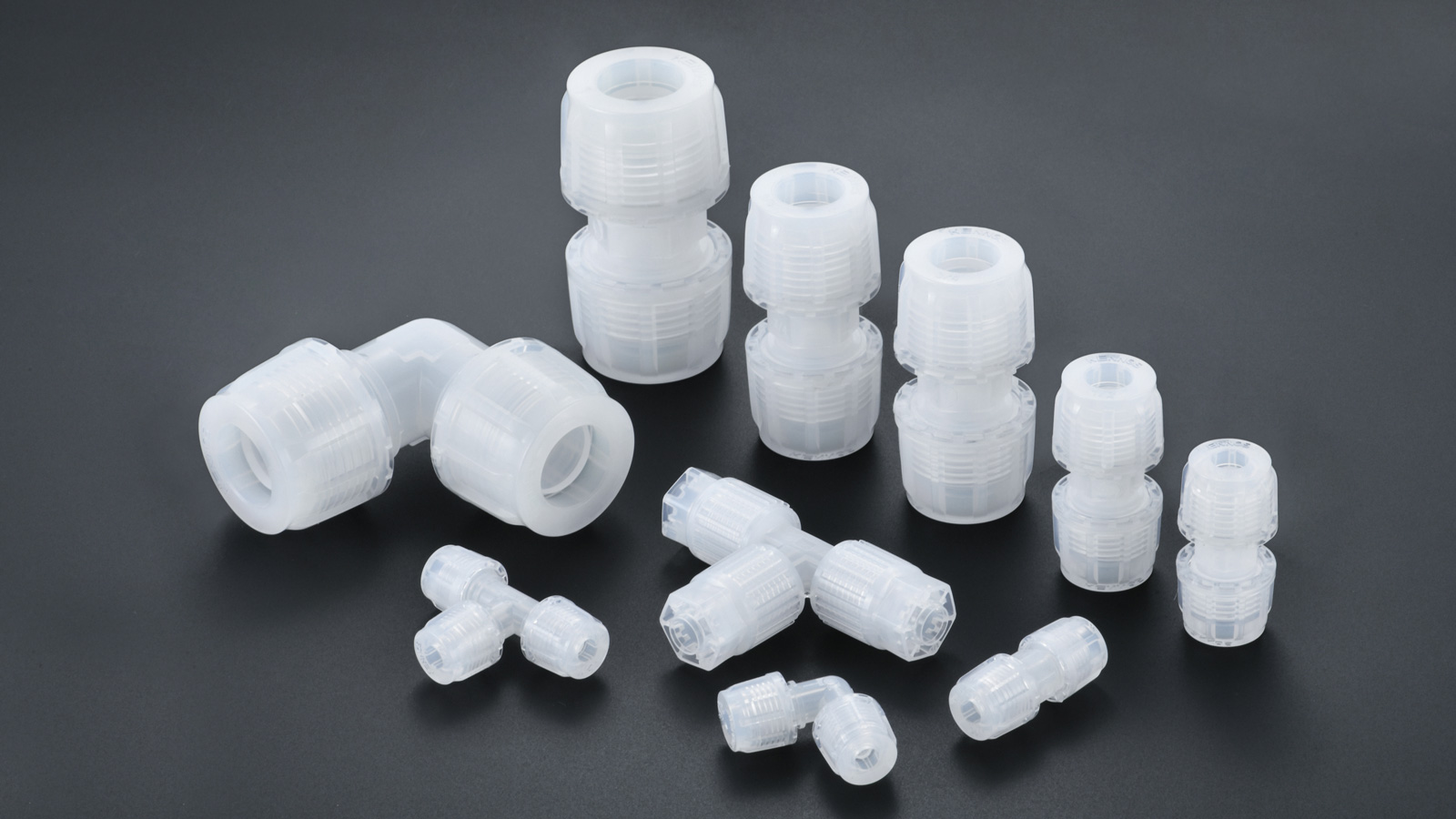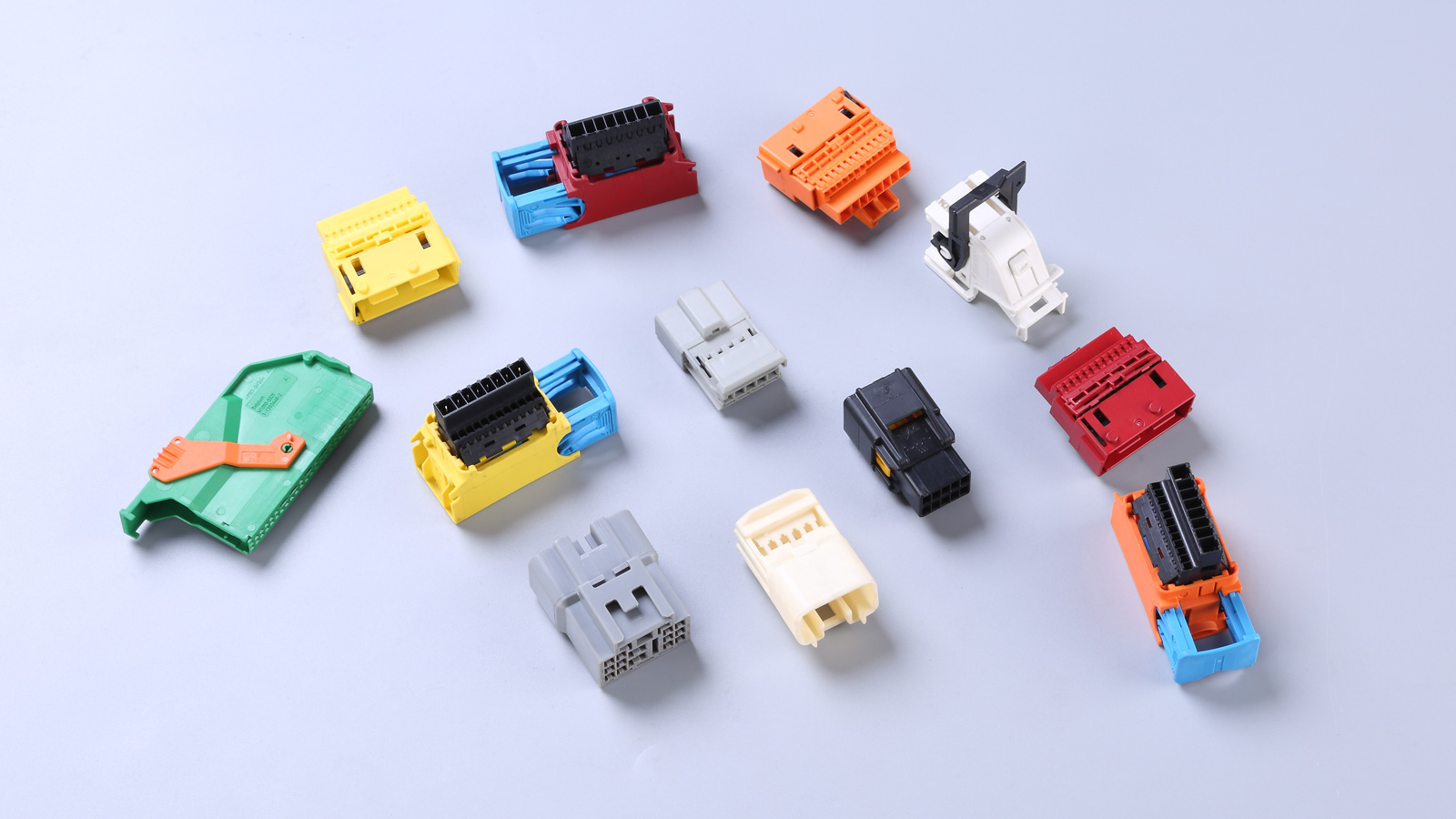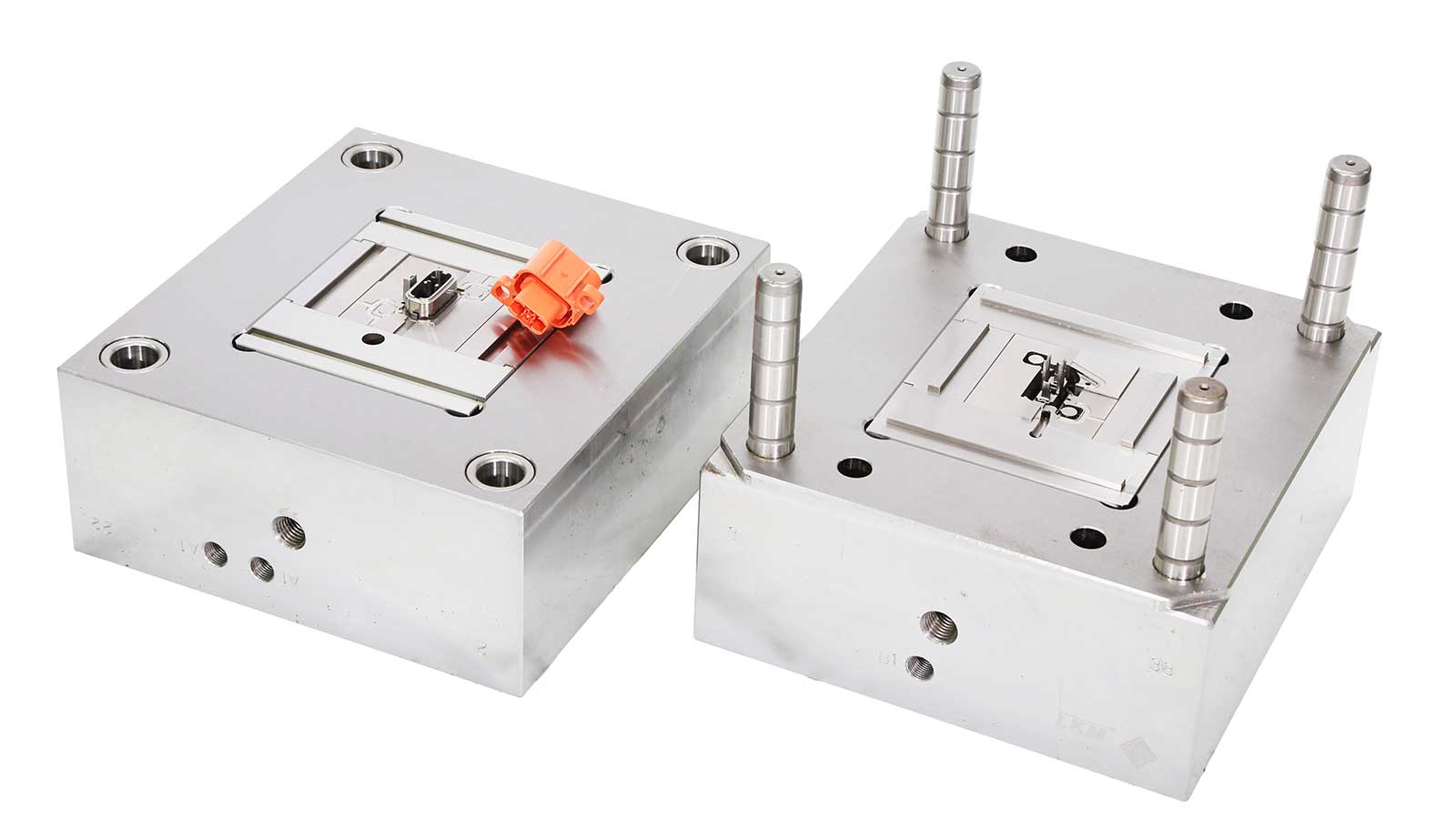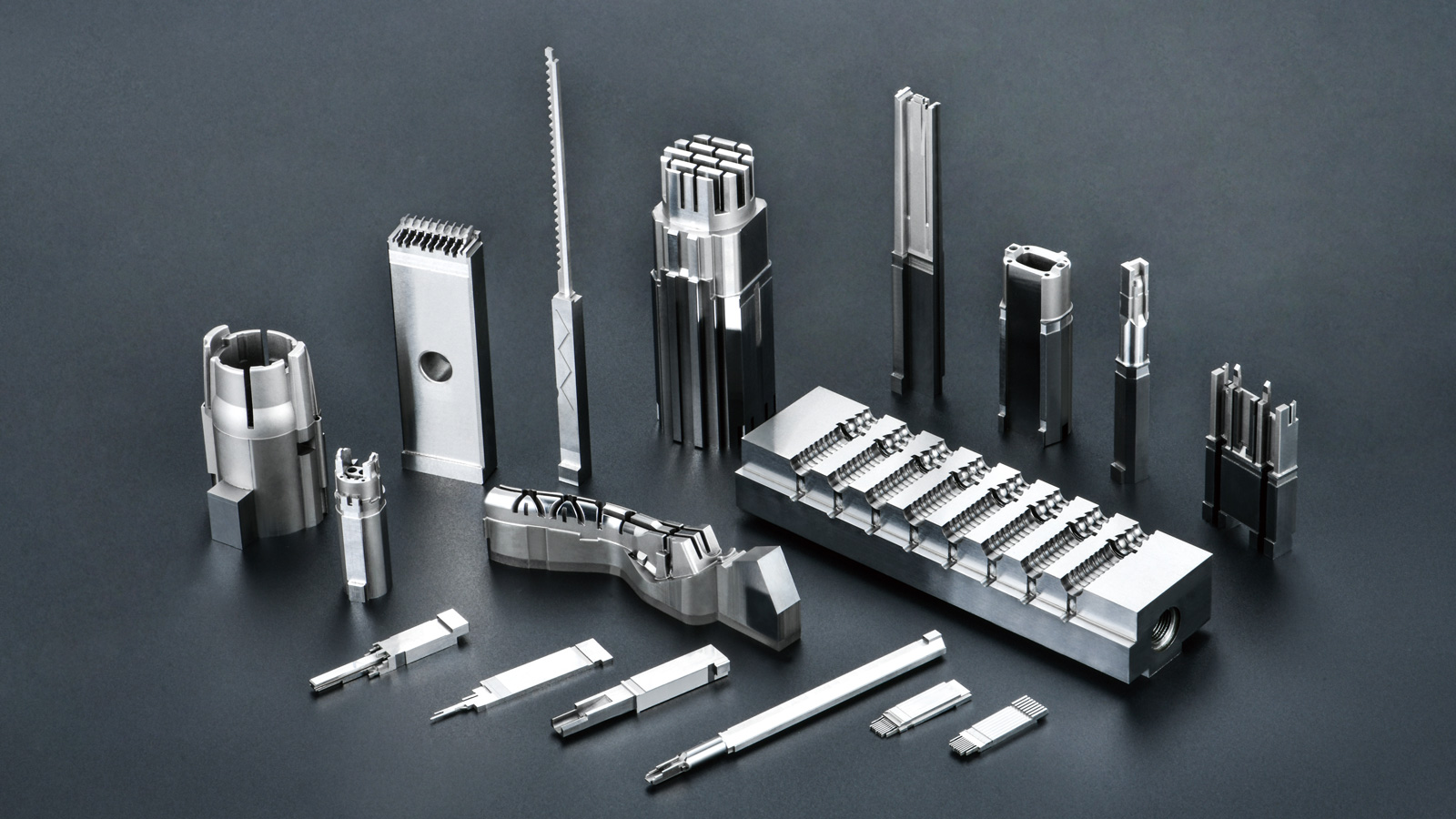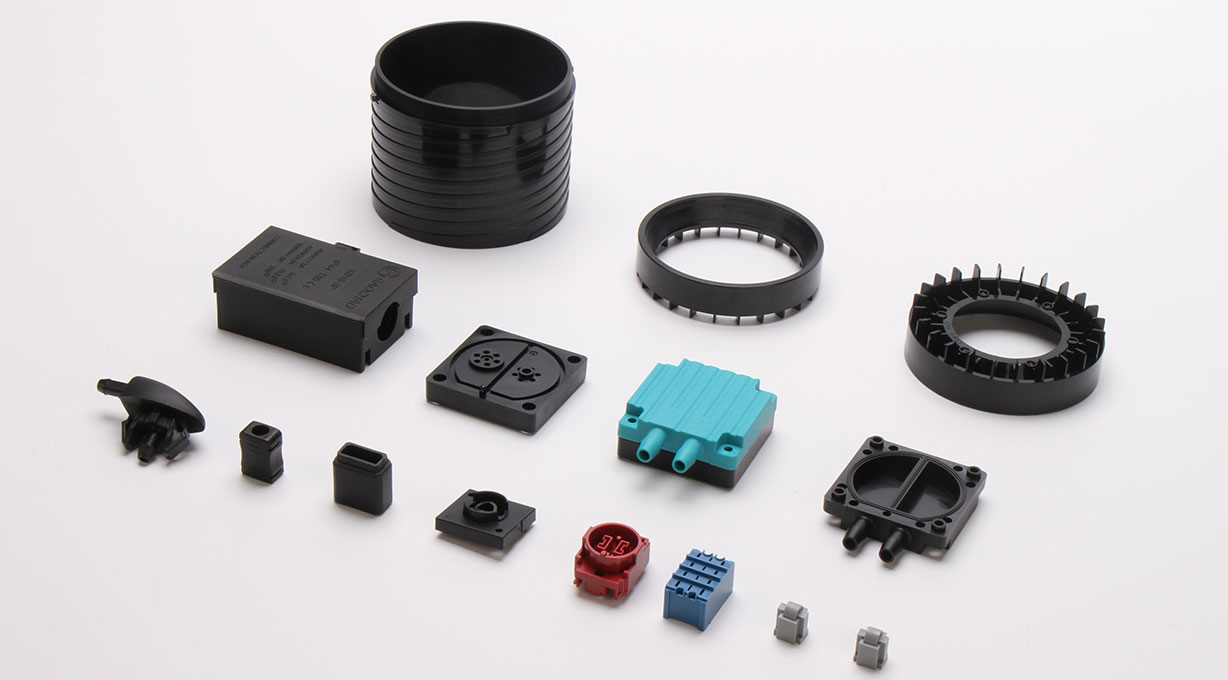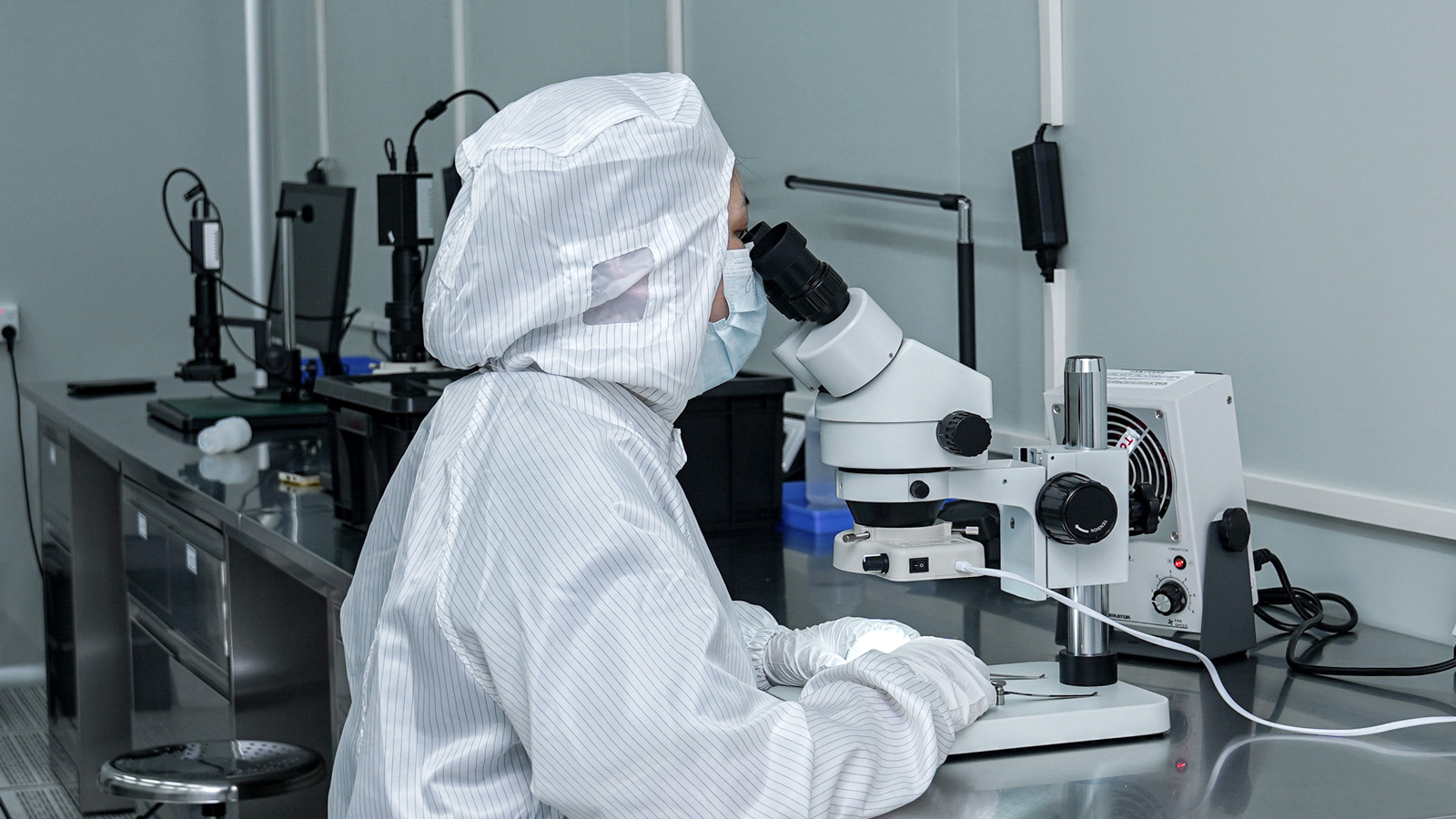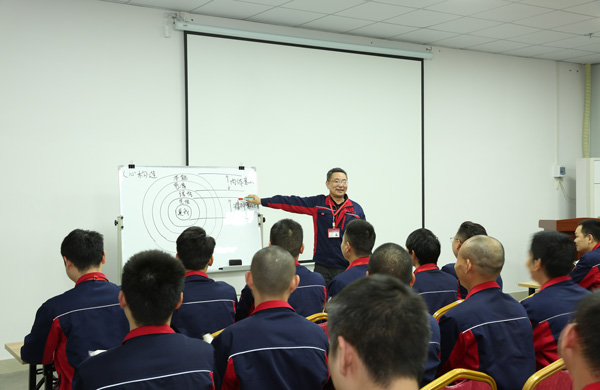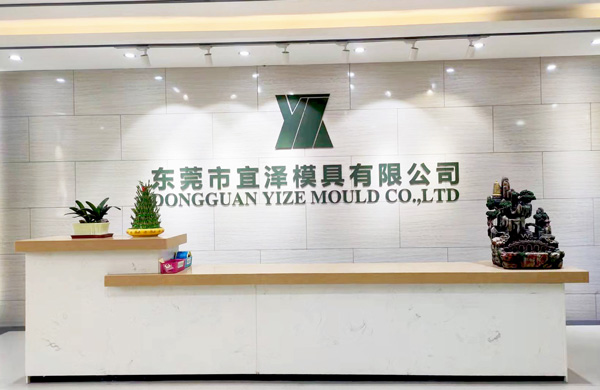In the field of optical injection molding, material selection is a crucial process that determines the final performance and quality of products. To achieve specific optical objectives and manufacture high-quality products that meet requirements, it is essential to conduct a comprehensive and meticulous evaluation of various materials. The following will delve into the key aspects of material selection for optical injection molding from three critical dimensions: the comprehensive properties of molding materials, the functional characteristics of additives, and the specific applications of products.
Molding Materials: Balancing Comprehensive Properties
When selecting molding materials, multiple factors such as optical clarity, impact resistance, heat and chemical resistance, as well as viscosity and melt flow rate, need to be taken into comprehensive consideration. Optical clarity is one of the core indicators of optical products, directly affecting their light transmittance and imaging quality. For example, when manufacturing optical lenses, materials with high transparency and low light scattering must be chosen to ensure that light can pass through accurately and clearly.
Impact resistance is related to the durability and safety of products. Especially in application scenarios where products may be subjected to external impacts, such as automotive headlight housings, using materials with strong impact resistance can effectively prevent product breakage and ensure safety during use. Heat and chemical resistance are also of great importance.
Optical products may encounter high-temperature environments or come into contact with various chemicals during use. For instance, some industrial optical instruments require materials with good heat and chemical resistance to ensure stable operation in complex environments and extend their service life. Additionally, viscosity and melt flow rate influence the molding and processing performance of materials. Appropriate viscosity and melt flow rate can ensure that materials smoothly fill the mold cavity during injection molding, reduce the occurrence of defects, and improve the yield of products.
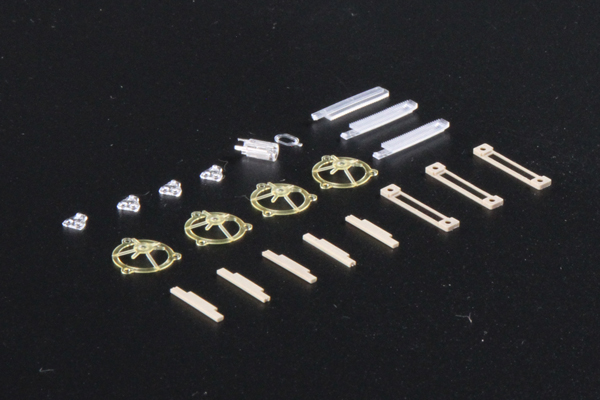
Additives: Enhancing Functional Characteristics
The choice of materials largely determines the types of additives that can be used. Additives can endow optical injection-molded products with additional functional characteristics to meet diverse application requirements. For example, anti-scratch additives can increase the surface hardness of products, improving their scratch resistance and enabling them to maintain clear optical performance during daily use. High-end eyeglass lenses often incorporate anti-scratch components. Anti-fog additives can effectively prevent the product surface from fogging in humid environments, ensuring normal light transmission. In the medical field, endoscopes and other optical devices rely on anti-fog additives.
Precision coating additives can improve the optical performance of the product surface, such as increasing or decreasing reflectivity to meet different optical design requirements. Thermal reflection coating additives can reflect part of the heat, reducing the internal temperature of the product. For some optical components sensitive to temperature, these additives can protect the components from high-temperature damage and extend their service life.
Product Applications: Basis for Customized Selection
The specific applications of products are an important basis for selecting molding materials. Products for different applications have significantly different requirements for material properties, so these factors must be fully considered in the early stage of injection mold design. For example, optical screens used for outdoor displays require materials with good weather resistance to withstand erosion from ultraviolet rays, rain, and wind.
Optical instruments used in the aerospace field have extremely high requirements for material lightness and high strength. Moreover, some special materials may affect the design of gates and vents. For instance, certain high-viscosity materials require larger gate sizes during injection molding to ensure smooth flow into the mold cavity. At the same time, it may be necessary to optimize the venting system to avoid defects such as bubbles. Therefore, accurately selecting molding materials based on the specific applications of products and reasonably designing the mold structure are key to achieving high-performance optical injection-molded products.
In conclusion, material selection for optical injection molding is a complex and critical process. It requires a comprehensive and detailed consideration from the comprehensive properties of molding materials, the functional characteristics of additives, and the specific applications of products. Only through precise selection can high-performance and high-quality optical products be manufactured to meet the application requirements in different fields.
